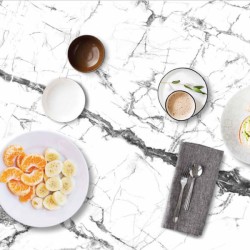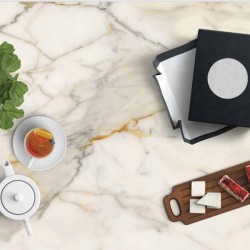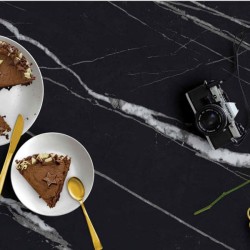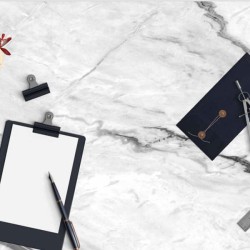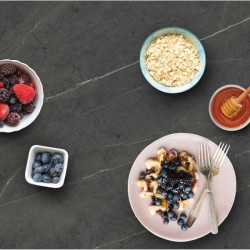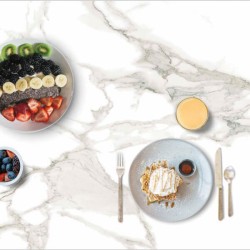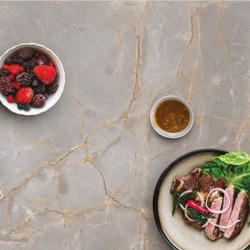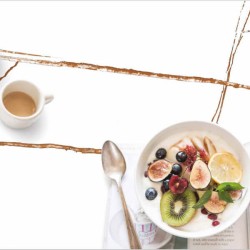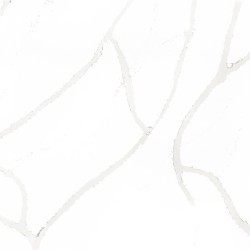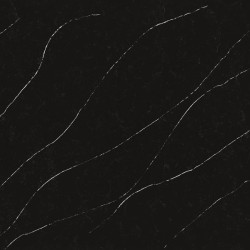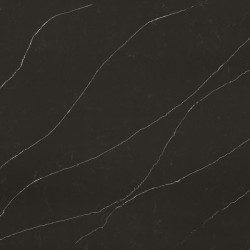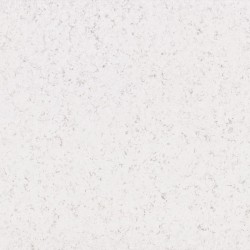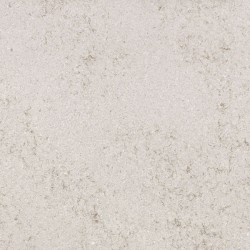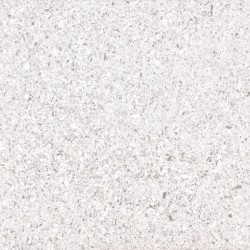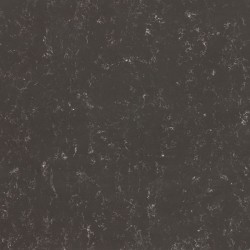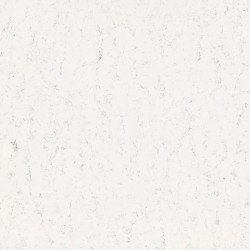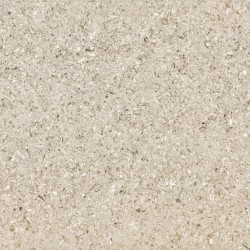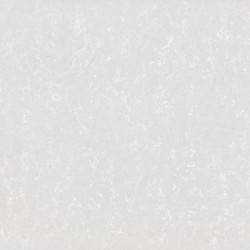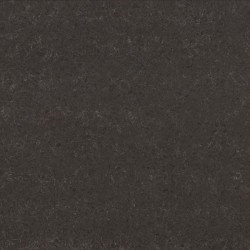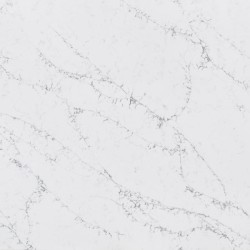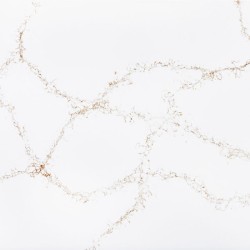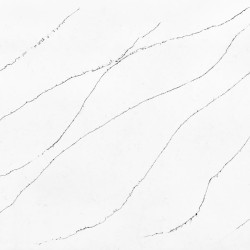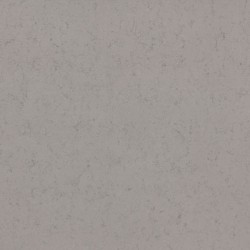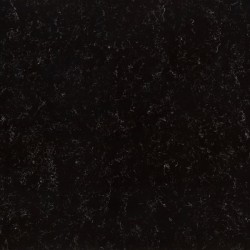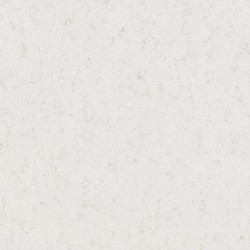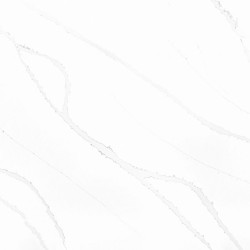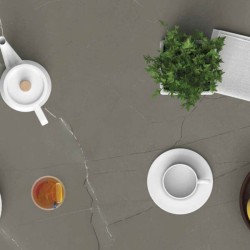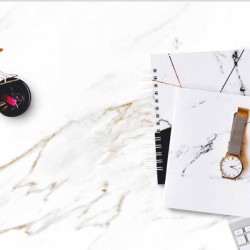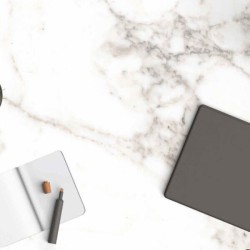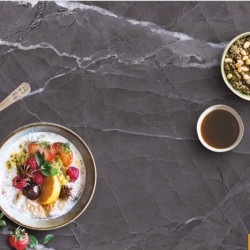Porcelain Models
Porcelain Models and Prices
Porcelain: The Fusion of Beauty and Functionality
Introduction
Porcelain is a valuable material that offers both
aesthetic appeal and functional advantages. This stylish and durable substance,
made from a mixture of clay, feldspar, and quartz, has been utilized throughout
history in various cultures and continues to maintain its popularity. In this
article, we will explore the definition of porcelain, its history,
types, benefits, applications, and maintenance. Our aim is to provide
comprehensive information about porcelain, enabling readers to gain a
deeper understanding of this exquisite material.
What is Porcelain?
Porcelain is a type of ceramic that is created by
firing a mixture of kaolin, feldspar, and quartz at high temperatures. During
the firing process, the material densifies and hardens, which imparts
durability. The most distinctive feature of porcelain is its glass-like
surface, offering both aesthetic and functional benefits.
The History of Porcelain
The origins of porcelain can be traced back to as
early as 2000 BC. It first emerged in China and was referred to as "white
gold." The Chinese developed this technology, which eventually reached
Europe. In the 18th century, porcelain production began in Germany and France,
leading to a surge in demand across Europe.
Types of Porcelain
1. Kaolin Porcelain
Kaolin is one of the primary components of porcelain.
When fired at high temperatures, it produces a lightweight and durable
material. Typically white in color, kaolin porcelain features a fine and
delicate appearance.
2. High-Quality Porcelain
High-quality porcelain is known for its durability
and resistance to chipping. It is commonly used in dinnerware and serving
pieces. Due to its quality, it offers long-lasting and aesthetically pleasing
usage.
3. Handmade Porcelain
Handmade porcelain is crafted by artisans who shape
and fire each piece individually. Each piece is unique and is considered a work
of art. This type of porcelain is often used for decorative items and
collectible pieces.
4. Decorated Porcelain
Decorated porcelain features special patterns and
images applied to its surface. These designs are usually hand-painted and can
come in a variety of styles. The combination of traditional and modern patterns
creates pieces that offer a rich aesthetic.
Advantages of Porcelain
1. Durability
Porcelain is highly durable, resistant to high
temperatures, and impact. This makes it a popular choice for everyday items
like plates, cups, and dishes.
2. Aesthetic Appeal
The elegant and stylish appearance of porcelain makes
it a favorite in home decor. With a wide range of colors and designs, it can
complement any decorating style.
3. Easy Cleaning
Thanks to its smooth surface, porcelain can be easily
cleaned. Stains and grease are removed effortlessly, making it an ideal choice
for everyday use.
4. Heat Resistance
Porcelain can withstand high temperatures, which
makes it a reliable option for serving hot foods and beverages.
5. Hygiene
Porcelain naturally possesses antibacterial
properties. This helps in safely storing and serving food.
Applications of Porcelain
1. Dinnerware
One of the most common applications of porcelain is
in dinnerware. Porcelain plates, forks, knives, and cups not only create
an elegant dining experience but are also suitable for everyday use.
2. Decorative Items
Porcelain decorative items hold a significant place
in home decor. Vases, figurines, and framed artworks are examples that showcase
the material's elegant aesthetics.
3. Kitchenware
Many kitchen items are made from porcelain. Plates,
bowls, and containers of various sizes provide an aesthetic appearance while
preparing and serving meals.
4. Ceramic Art
Handcrafted porcelain pieces created by artists carry
artistic value. These pieces are considered collectible items and are often
displayed in art galleries.
5. Various Interior Applications
Porcelain is also used in a range of interior
applications. It is favored for flooring, wall coverings, and sinks.
Maintenance and Care of Porcelain
To keep your porcelain products long-lasting, it is
important to pay attention to their maintenance and cleaning. Here are some
tips:
1. Washing
When washing porcelain items, use a mild detergent.
Avoid harsh chemicals and abrasive sponges. Hand washing is generally safer.
2. Drying
After washing, gently dry your porcelain items with a
clean towel. This helps prevent water spots.
3. Storage
Store your porcelain products in a place where they
won’t be exposed to direct sunlight. Additionally, avoid stacking them on top
of each other, as this can lead to chipping.
4. Protection from Heat
Avoid placing hot foods directly onto porcelain
items. To prevent heat damage, it is beneficial to use a heat-protective layer
underneath.
Conclusion
Porcelain is a special material that combines aesthetics and functionality. Throughout history, it has held a valuable place in many cultures and continues to expand its applications in the modern world. With its wide range of varieties, elegance, and durability, porcelain is an essential material in every aspect of life, from home decor to kitchenware. In this article, we have covered the features, benefits, and maintenance of porcelain, providing readers with comprehensive information about this beautiful material. Porcelain is a must-have in your home decor and kitchen essentials, standing out as a material that enriches your life.

